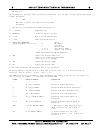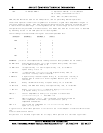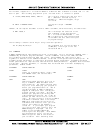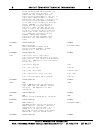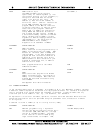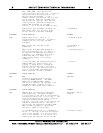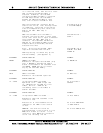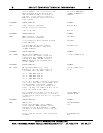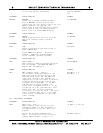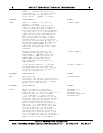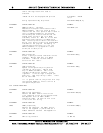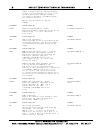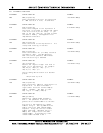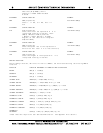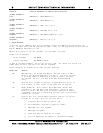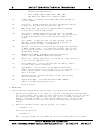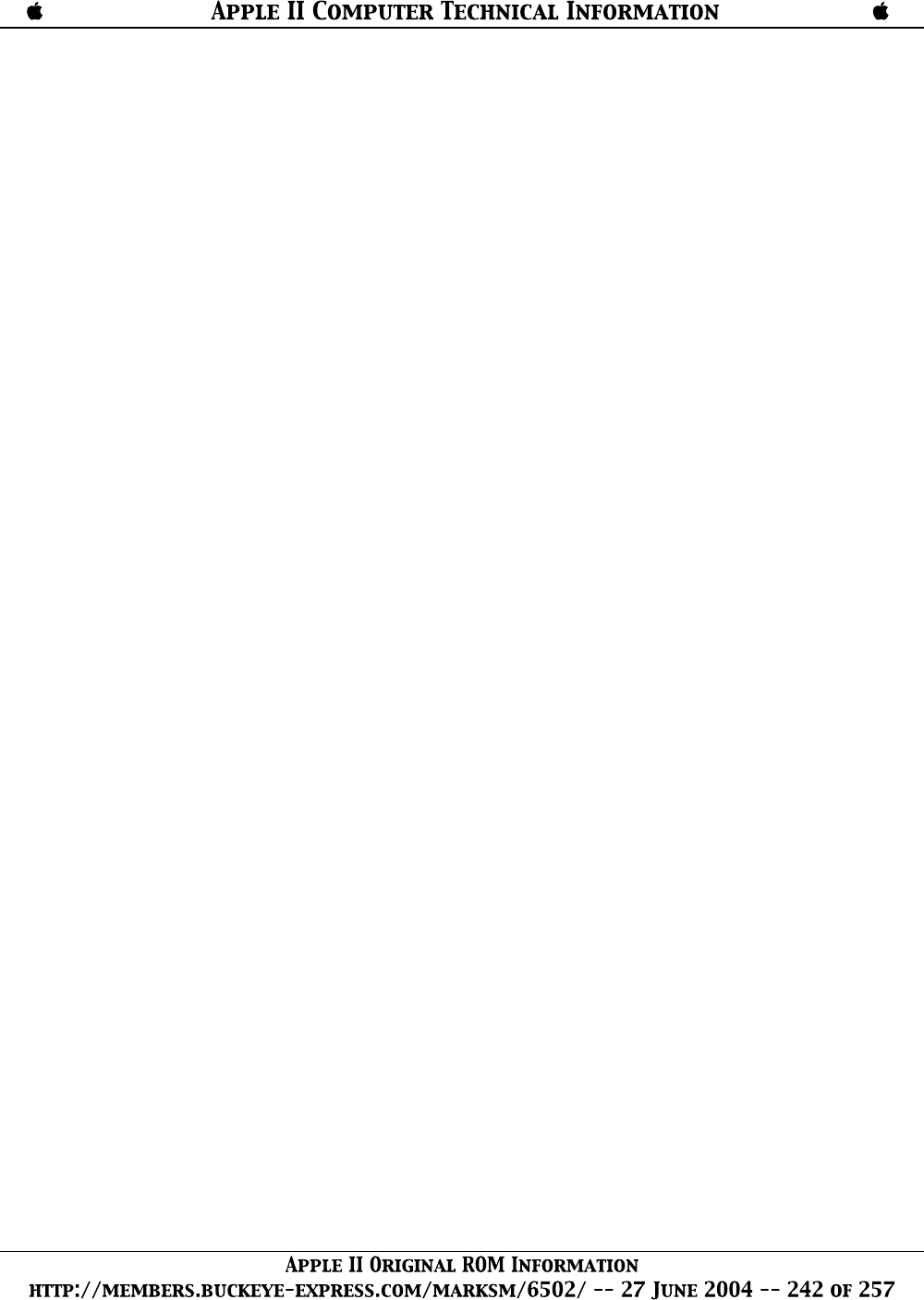
In this case V=0 will be executed, 505 V=0: REM SET
V=0
STATEMENT SYNTAX/FUNCTION EXAMPLE
RESTORE RESTORE 510 RESTORE
Allows the re-reading of DATA statements,
After a RESTORE, the next piece of data
read will be the first piece listed in the first
DATA statement of the program. The
second piece of data read will be the second
piece listed in the first DATA statement,
and so on as in a normal READ operation.
STATEMENT SYNTAX/FUNCTION EXAMPLE
RETURN RETURN 50 RETURN
Causes a subroutine to return to the state-
ment after the most recently executed
GOSUB.
STATEMENT SYNTAX/FUNCTION EXAMPLE
STOP STOP 900 STOP
Causes a program to stop execution and to
enter command mode.
Prints BREAK IN LINE 900. (As per this
example.) CONT after a STOP branches
to the statement following the STOP.
STATEMENT SYNTAX/FUNCTION EXAMPLE
USR USR (argument) 200 V=USR(W)
Calls the user's machine language subroutine
with the argument. See PEEK and POKE in
Subject 303, and Appendix F.
SYMBOL SYNTAX/FUNCTION EXAMPLE
WAIT WAIT (address, mask [, select] ) 805 WAIT I,J,K
This statement reads the contents of the 806 WAIT I,J
addressed location, does an Exclusive-OR
with the select value, and then ANDs the
result with the mask. This sequence is
repeated until a non-zero result is obtained,
at which time execution continues at the
statement that follows WAIT. If the WAIT
statement has no select argument, the
select value is assumed to be zero. If you
are waiting for a bit to become zero, there
should be a "one" in the corresponding
bit position of the select value. The select
value (K) and the mask value (J) can range
from 0 to 255. The address (I) can range
from 0 to 65535.
305 INPUT/OUTPUT STATEMENTS
STATEMENT SYNTAX/FUNCTION EXAMPLE
DATA DATA item [, item...] 10 DATA 1,3,-1E3,.04
Specifies data, read from left to right.
Information appears in data statements in
the same order as it will be read in the
program.
Strings may be read from DATA state- 20 DATA "FOO",Z1
ments. If you want the string to contain
leading spaces (blanks), colons (:) or



